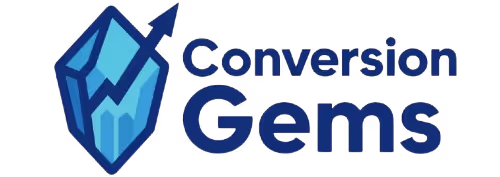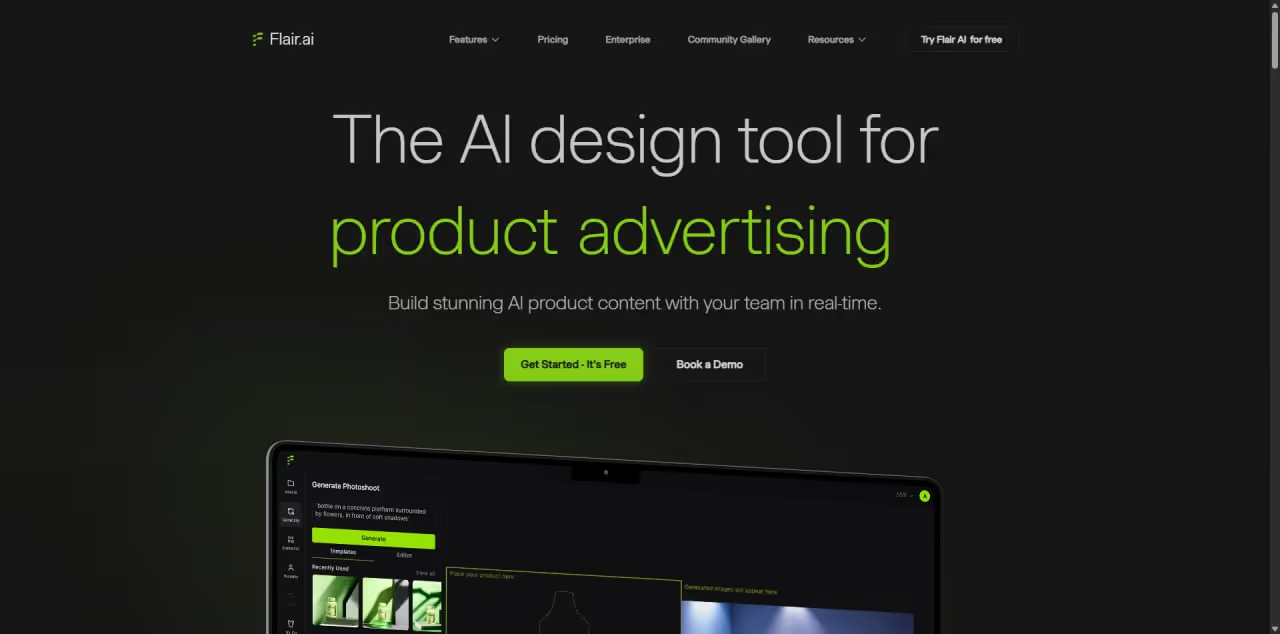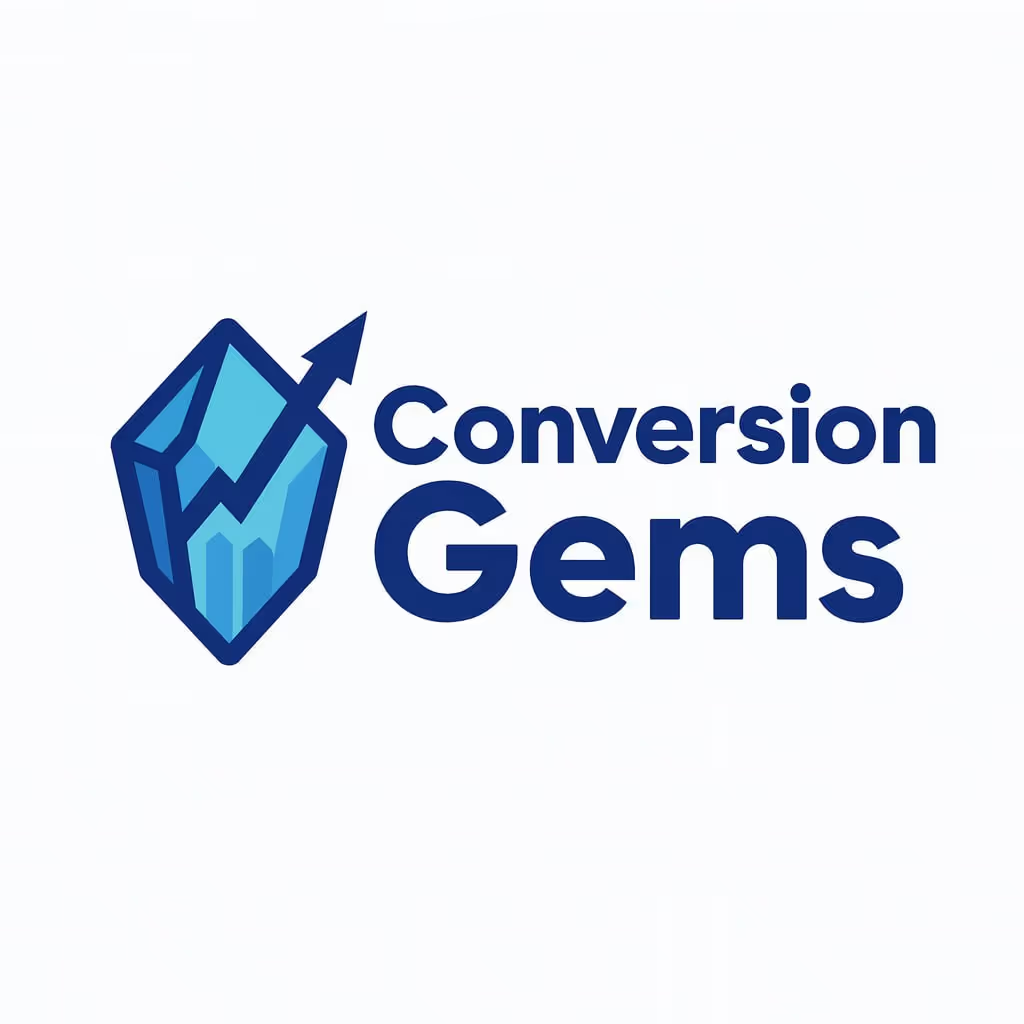Tool Insights
Home > Tools > Tool Details
Flair AI
Description
AI design tool to create branded visuals, product photography & marketing content fast.
The Search Monitor is a digital marketing intelligence platform that helps brands track unauthorized ad usage, affiliate violations, and competitor paid search & SEO performance across multiple markets. It offers modules like Brand Protection, SEM Insights, Affiliate Compliance, and Ad Armor to optimize ad spend, enforce policies, and gain competitive visibility. The platform was acquired by Similarweb in 2025, integrating deeper marketing intelligence capabilities.
Key Applications
- AI-Powered Branded Content Creation: Automatically generates professional product photos, branded scenes, and marketing visuals by placing a product image into an AI-generated context based on a text description.
- Dynamic Product Photography & Mockups: Eliminates the need for expensive photoshoots by creating diverse, on-brand backgrounds and lifestyle scenes for products in seconds.
- Creative Brainstorming & Mood Boarding: Rapidly iterates through visual concepts and styles for marketing campaigns, allowing teams to explore creative directions before final production.
- Specific Workflow: A brand manager uploads a bottle of perfume, types "elegant, botanical garden setting, soft morning light, dew on leaves," and Flair AI generates a set of high-quality, ready-to-use marketing images.
Who It’s For
This tool is built for e-commerce brands, marketing teams, ad agencies, and social media managers who need to produce a high volume of visually consistent and appealing branded content. It solves the problem of the high cost, time, and logistical complexity of traditional product photography and graphic design. The primary buyer persona is a Brand Marketing Manager or E-commerce Director focused on scaling visual content production while maintaining strong brand aesthetics.
Pros & Cons
How It Compares
- Versus Canva: Flair AI wins on its specialized AI that is fine-tuned for composing branded product scenes from a single asset, whereas Canva is a general-purpose design tool with broader template-based functionality.
- Versus Clipdrop: It differentiates with a stronger focus on branded context and product-centric scene generation, while Clipdrop offers a broader suite of general image manipulation tools (removal, upscaling, uncrop).
- Versus traditional photography: Its competitive advantage is immense speed, cost savings, and creative flexibility, enabling the creation of countless visual variations without a photoshoot.
Bullet Point Features
- AI-generated branded backgrounds for products
- Drag-and-drop product integration into scenes
- Text-to-image prompting for context and style
- Brand asset library for consistency
- High-resolution download for commercial use
Disclosure
All product names, logos and brands are property of their respective owners. Use is for educational and informational purposes only and does not imply endorsement. Links are to third-party sites not affiliated with Barndoor AI. Please see our Terms & Conditions for additional information.



.avif)




